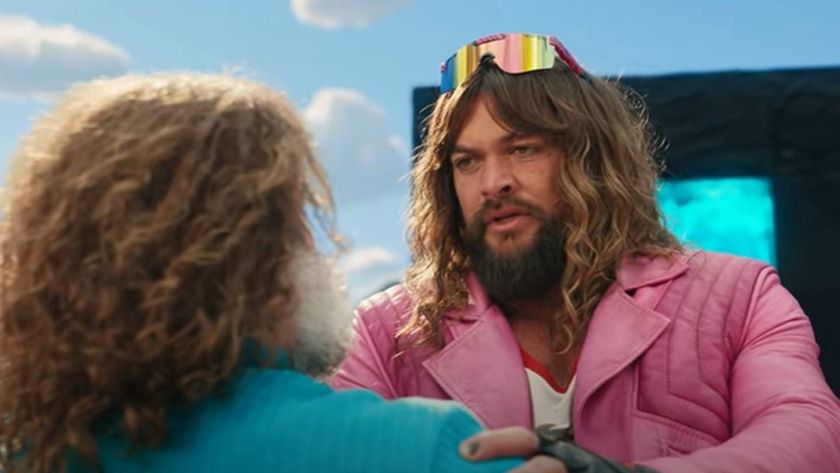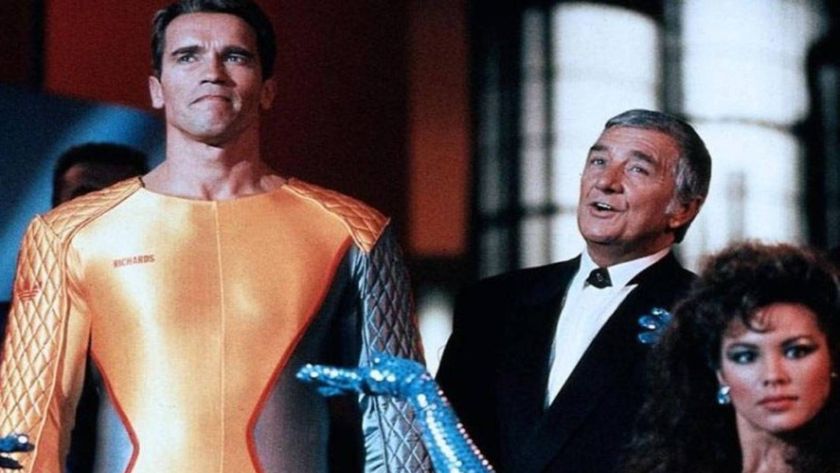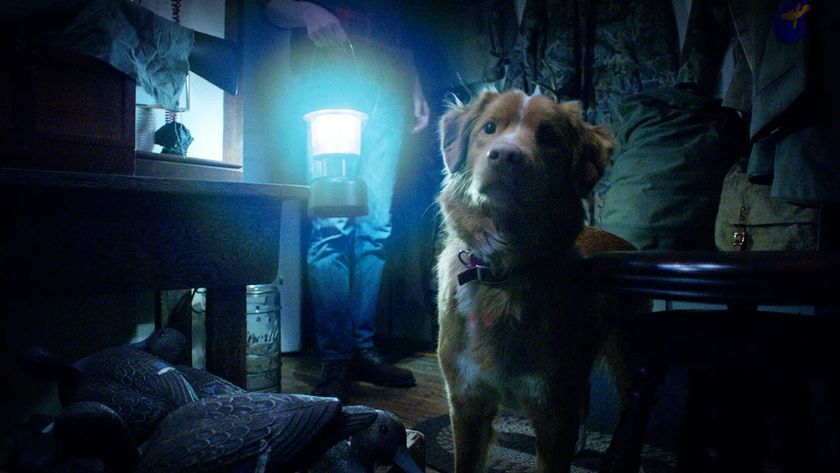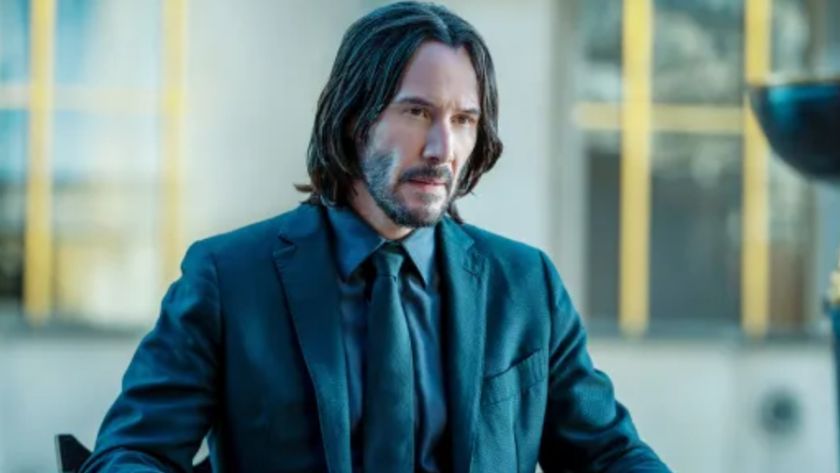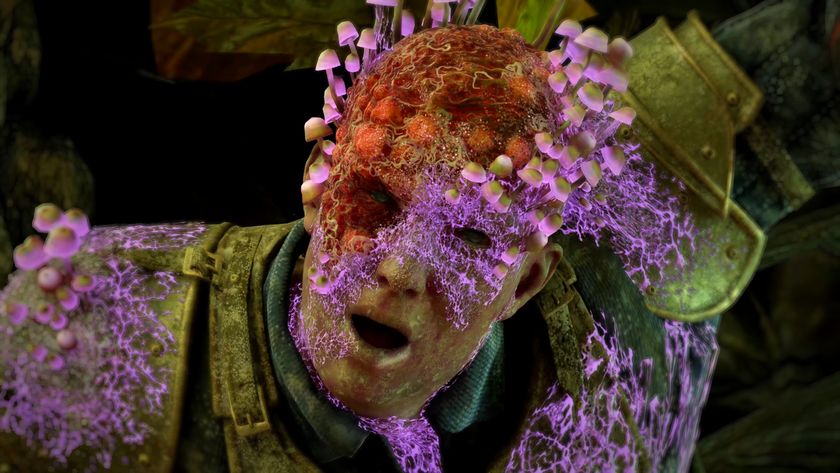Saul Fila reaction: Cannes 2015
Saul Fila (Son Of Saul) is a harrowing Auschwitz drama shown at the 2015 Cannes Film Festival. Here’s Jamie Graham’s reaction…
It’s a rarity for a first-time filmmaker to get chosen in the main competition at Cannes, so the inclusion of Saul Fila (Son Of Saul) by Hungarian writer-director Laszlo Nemes indicated we might have something special on our hands. And so it proves.
Auschwitz-Birkenau, October 1944. Saul Auslander (Géza Röhrig) is a Hungarian member of the Sonderkommando, the group of Jewish prisoners forced to aid the Nazis in the mechanics of extermination. Aware that members of the Sonderkommando are themselves executed and replaced every few months, there are plans for escape, though Saul’s part in these strategies are compromised when a more pressing concern presents itself: working in one of the crematoriums, he discovers the corpse of a boy that he takes to be his son and determines to save him from the flames and instead award him a proper burial.
Written as above, the plot would perhaps seem to strain credibility but Nemes has no interest in thriller tropes or anything as tawdry as suspense or excitement. Saul Fia is a film that plunges the viewer into a nightmarishly utilitarian recreation of the camps, laying bare the day-to-day chores that needed to be performed swiftly and repetitively to ensure maximum efficiency in the business of genocide.
Trains arrive, Jews are promised hot soup and work after showering, clothes are snatched from pegs the moment the doors shut. Coal is shovelled for the fires, bodies are burned, mounds of ash scooped into barrows and emptied in the river. In one immensely harrowing scene, lines of naked Jews are pushed into pits, with those resisting shot perfunctorily in the head. The orange jets from flame-throwers are the only colour in the film.
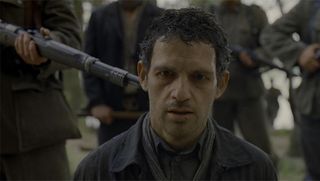
Cinematographer Mátyás Erdély keeps his camera resolutely close to Saul’s stony face throughout, refusing viewers establishing shots or peripheral action. The scope is further narrowed by the employment of a square frame with rounded corners, and by shallow focus. Hellish activities are glimpsed rather than lingered upon, with the cacophonous sound design – shouted commands, baying dogs, bristles scrubbing at stone floors – adding to the horror. With Saul often walking rapidly down grey corridors and through bleak rooms while the camera sticks to him and a bass rumble distorts the soundtrack, the film strangely recalls those gut-clenching scenes in the bowels of the nightclub in Gaspar Noe’s Irreversible. Conversely, there are two moments in the film when bird song can be heard, barely. It is pure refreshment.
In this infernal, frantic, disorientating environment, Saul’s attempts to hide the boy’s body until he can find a rabbi to recite the mourner's Kaddish are believable. The Sonderkommando’s plans of escape, meanwhile, are born of desperation and pragmatism, and come with little hope of success. This is not The Great Escape, far from it.
Sign up for the Total Film Newsletter
Bringing all the latest movie news, features, and reviews to your inbox
As a first film, Saul Fila is mightily impressive. Not only does it deserve its place in the competition, it is an early contender to be placed among the major awards.
In partnership with Microsoft, powered by the HP Spectre 360
The Total Film team are made up of the finest minds in all of film journalism. They are: Editor Jane Crowther, Deputy Editor Matt Maytum, Reviews Ed Matthew Leyland, News Editor Jordan Farley, and Online Editor Emily Murray. Expect exclusive news, reviews, features, and more from the team behind the smarter movie magazine.

